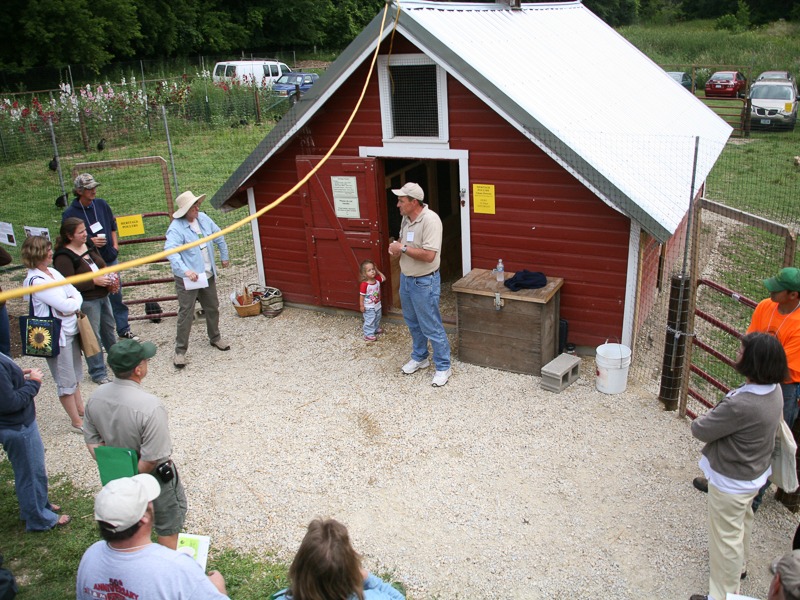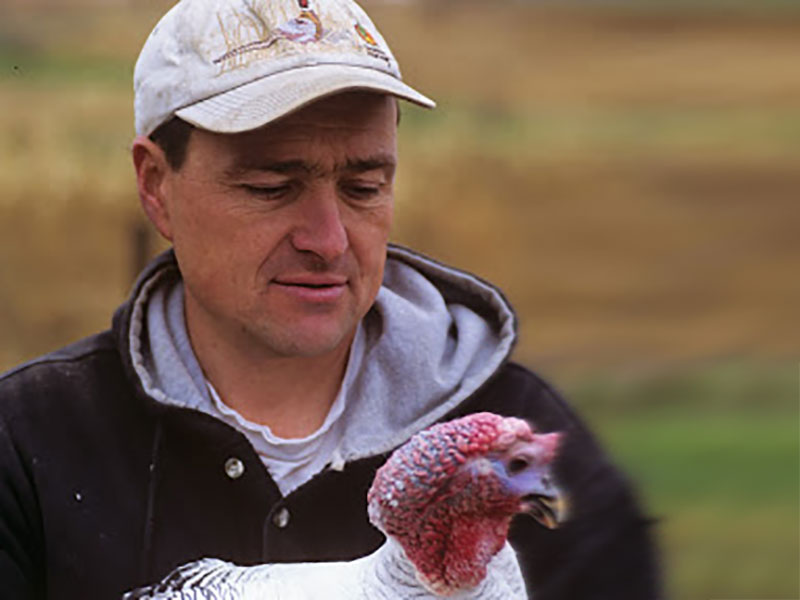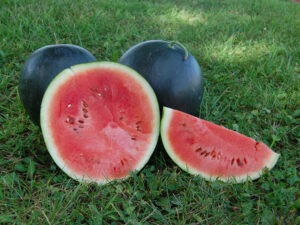Stewardship Stories: Glenn Drowns

Glenn Drowns
Sand Hill Preservation Center

Glenn Drowns’ passion for gardening started when he was two and a half years old. “I used to crawl through the fence to our neighbors’ to escape from my mom, and help [Evelyn, the neighbor] plant her garden,” recalls Glenn, fondly. Although Glenn’s family later moved across town, Glenn and Evelyn Armstrong stayed good friends, and Evelyn even taught him to save his first seeds at seven years of age.
Ten years later, Glenn Drowns stumbled upon a magazine blurb about Seed Savers Exchange while researching a senior class project. “When I found that, it opened up a whole network of people!” remembers Glenn. “All my very closest friends started as connections with the Seed Exchange.”

-Amy Goldman in Melons for the Passionate Grower
After graduating from college in 1984, Glenn assisted SSE co-founders, Kent Whealy and Diane Ott-Whealy, with the first preservation garden in Decorah. He later settled near Calamus, Iowa on the farm that’s been his home and the headquarters of his seed and heritage poultry company, Sand Hill Preservation Center, for over 30 years. “I think it’s my promised land!” he beams. Since then he has held a myriad of positions: he regenerated cucurbits and corn for the SSE collection from his Calamus, Iowa farm, has given lectures and written articles, and has been on the SSE Board of Advisors. In all, Glenn has donated nearly 600 varieties to Seed Savers Exchange.

Seed Savers Exchange has led the heirloom seed movement since 1975, inspiring a generation of seed companies to specialize in rare, regionally adapted, delicious, and irreplaceable open-pollinated varieties. Many of these companies were founded by our own Seed Savers Exchange members. Rather than allowing heirloom and historic varieties to vanish or go unnoticed, these members launched an uncoordinated, organic, and persistent resistance to the disappearance of heirloom seeds. This first wave of heirloom seed companies did not offer seed catalogs in response to consumer demand. Instead, they created it.
Originally a part of the “Rise of the Heirloom Seeds” exhibit made possible by The 1772 Foundation.
This is the story of one of nine small seed companies and a few of the varieties they have preserved. While each and every one of their backgrounds is as unique and bold as the varieties they share, they all have one thing in common: the passion for sharing seeds.
Bios written, interviews, and correspondence by Kelly Loud with help from Sara Straate.
Special thanks to the following people: Alan and Linda Kapuler, Suzanne Ashworth, Craig Dremann, Steve Sando, Mike and Denise Dunton, Tom Wagner, Joanne Ranck-Dirks, Sue Ellen Majer, Bill McDorman, and Glenn Drowns.